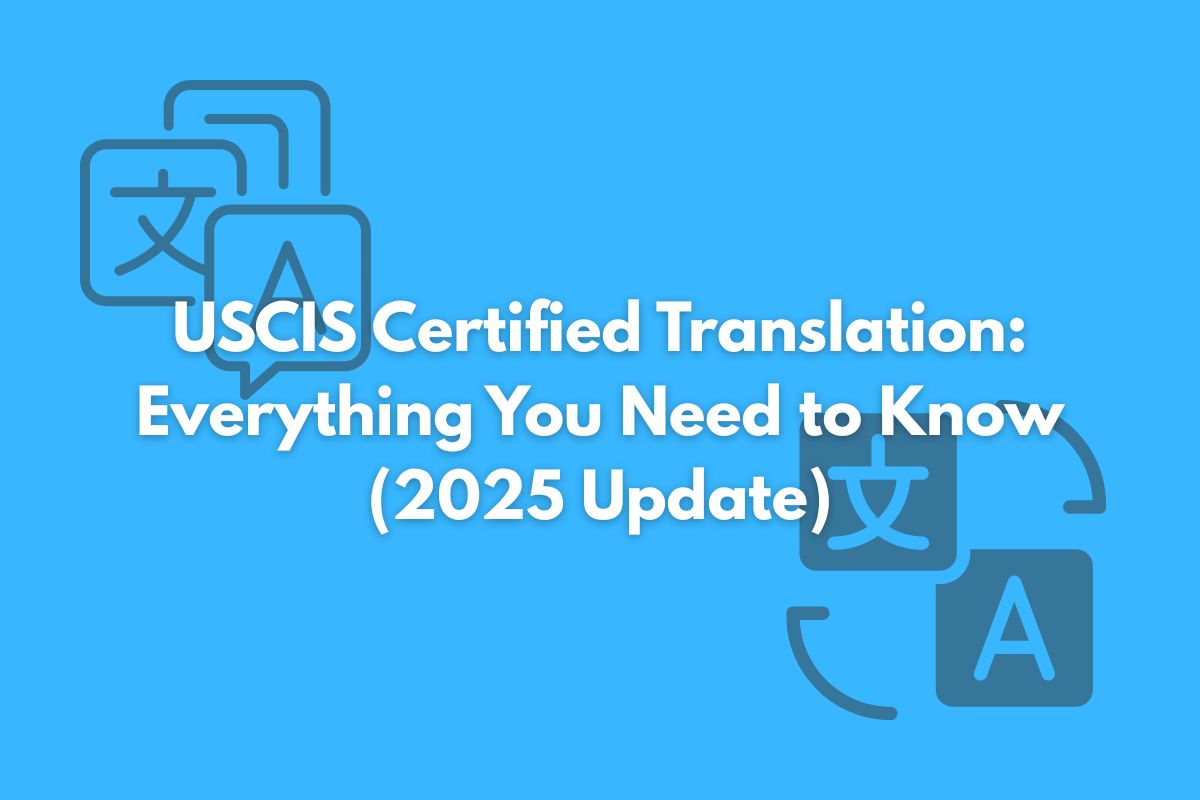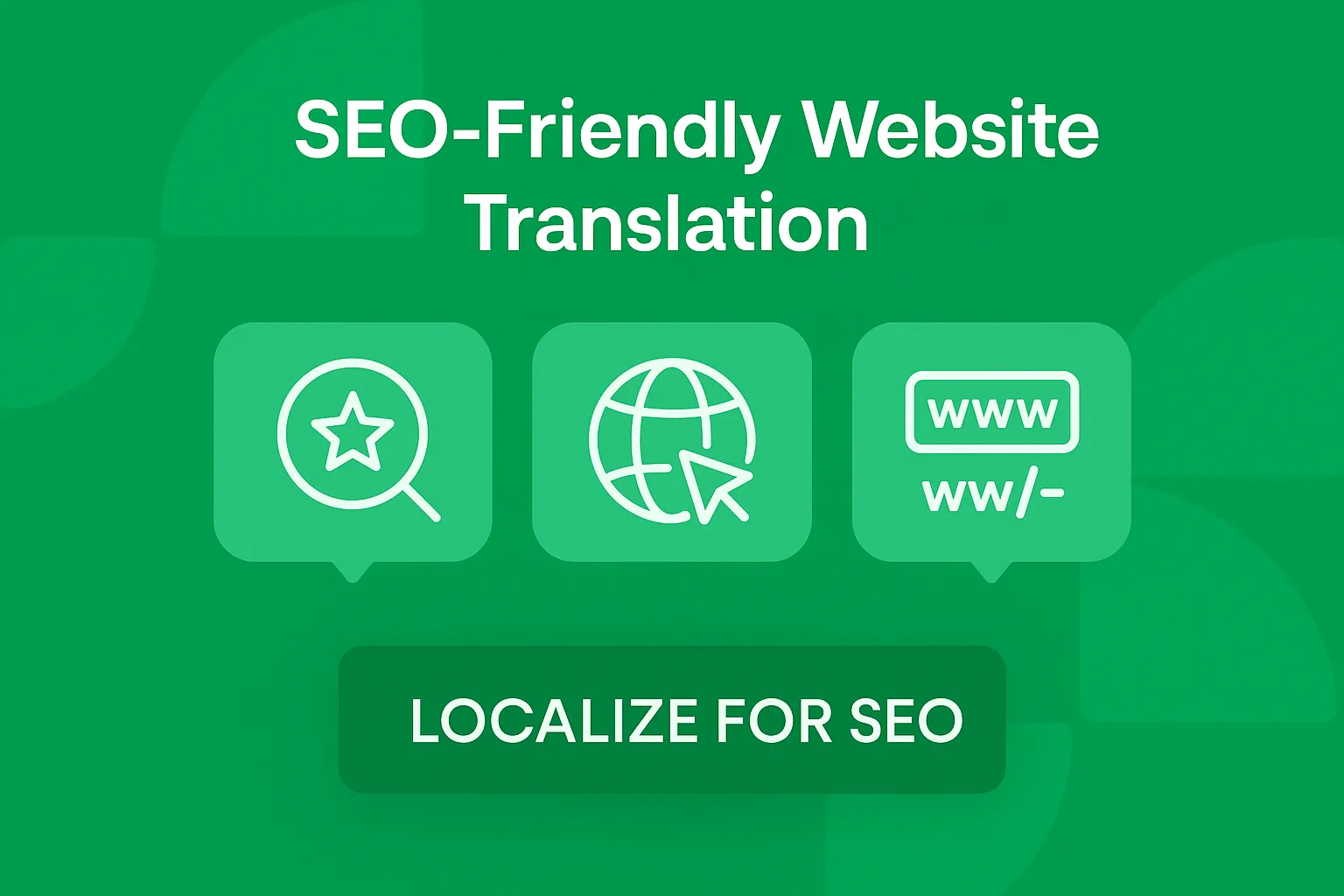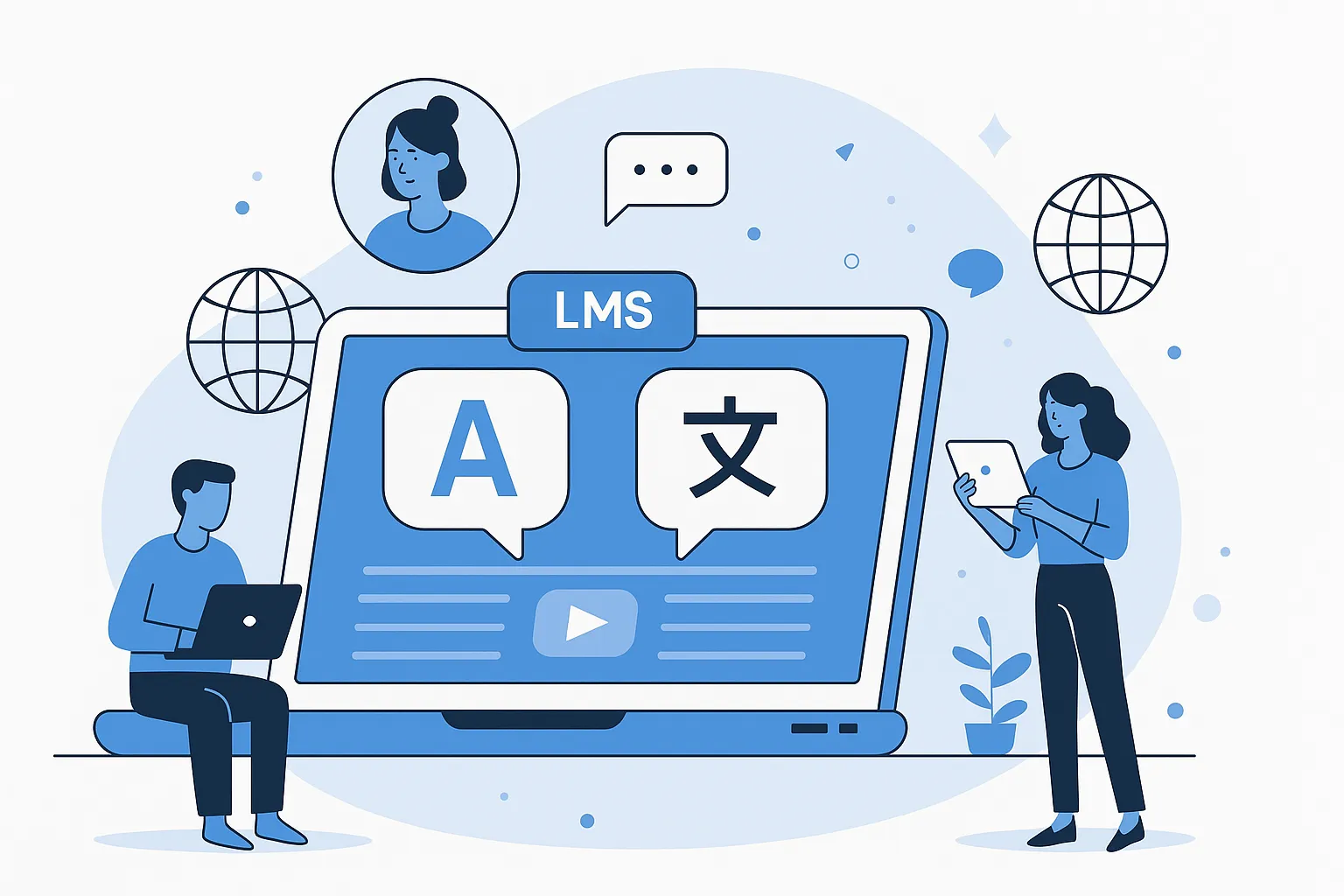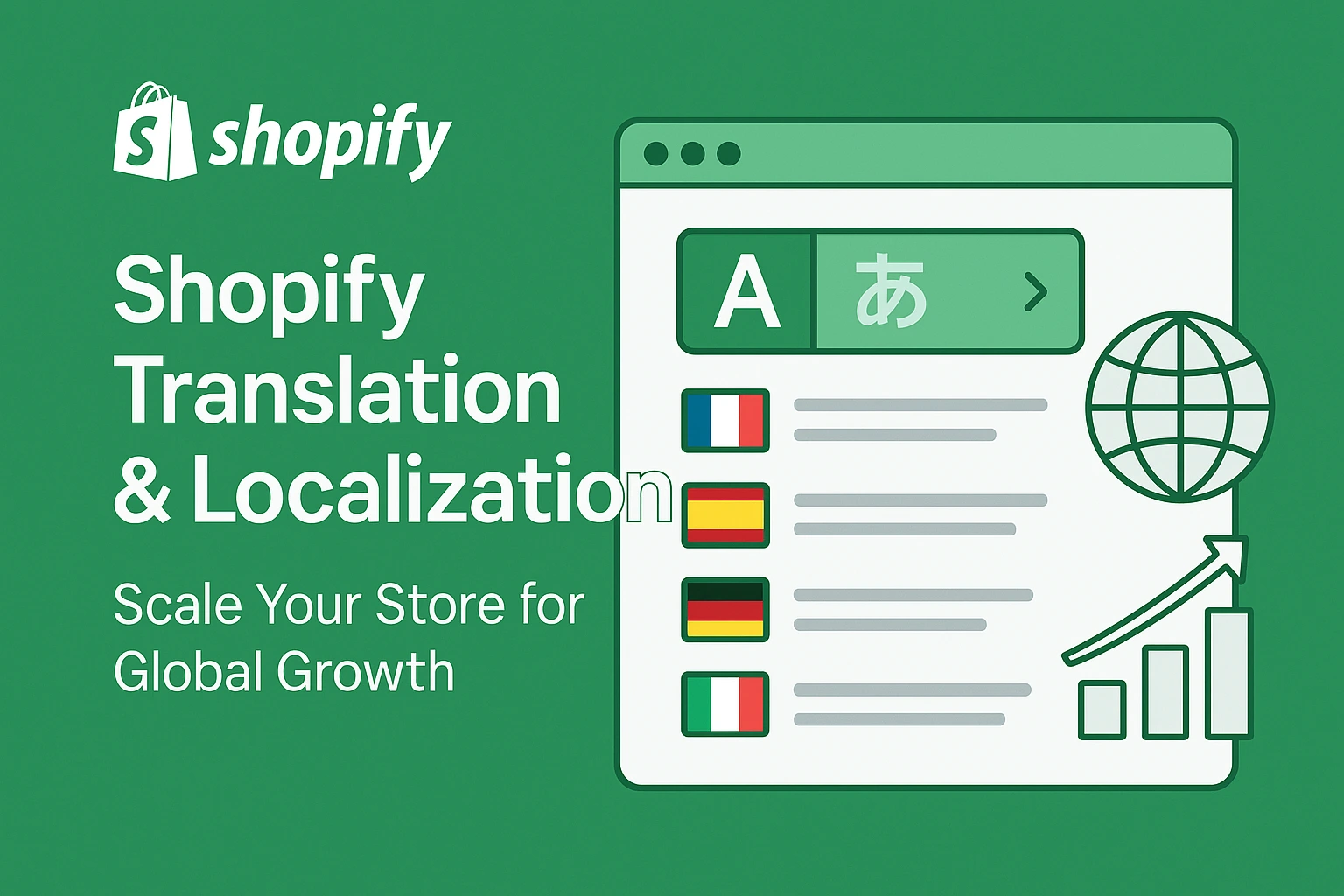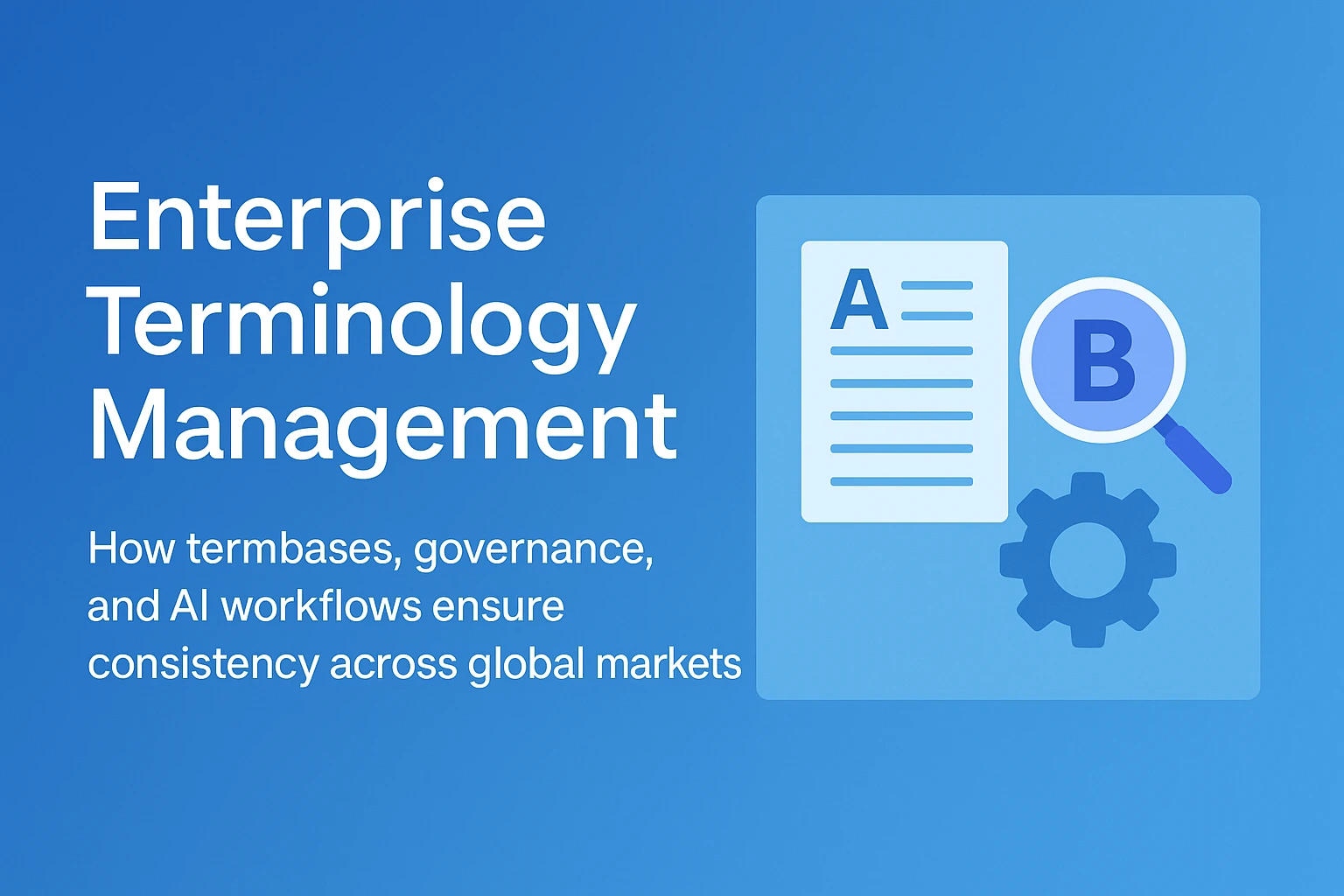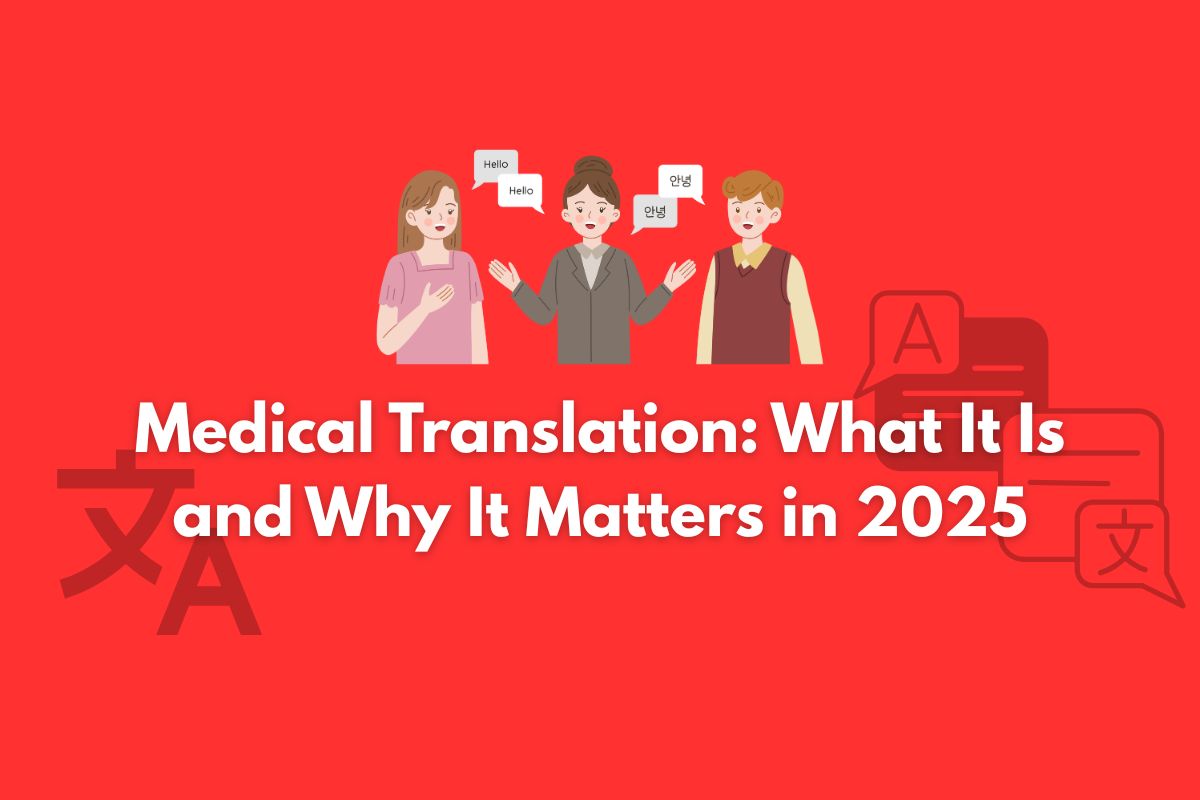When applying for U.S. immigration, every document written in a foreign language must be submitted with a certified English translation. Whether you’re submitting a birth certificate, marriage license, diploma, or legal affidavit, USCIS translation services are not just helpful; they are mandatory. The U.S. Citizenship and Immigration Services (USCIS) requires all supporting documents to be accurately translated and accompanied by a signed certification statement verifying the completeness and accuracy of the translation.
As of 2025, USCIS has made its translation rules even stricter. Now, documents must follow updated formatting guidelines and meet higher accuracy standards. If your translation is incorrect, incomplete, or not properly formatted, USCIS may reject your application or issue a Request for Evidence (RFE). This can cause long delays and may even affect your chances of getting a visa or green card. Accurate, certified translation is more important than ever to avoid costly setbacks.
That’s why choosing a qualified translation provider is essential. A compliant translation must not only be linguistically accurate but must also follow specific structural and formatting guidelines set by USCIS. From ensuring proper document layout to including a valid translator certification, every detail matters. This guide will walk you through the essentials of USCIS-certified translation, from understanding who can provide it, to what it should look like, how much it costs, and how to avoid common mistakes.
What Is a USCIS Certified Translation?
A USCIS-certified translation is a translated document that includes a formal, signed statement from the translator or translation agency confirming the translation is accurate and complete. This certification must include the translator’s name, signature, date, and often their contact information.
The U.S. Citizenship and Immigration Services (USCIS) requires this type of translation for any foreign-language documents submitted with immigration applications, such as birth certificates, marriage licenses, or academic records. The purpose is to ensure USCIS officers can fully understand and assess your documents without language barriers, helping them make fair and accurate decisions. If you’re searching for USCIS translation services, it’s important to choose providers that offer certified translation services for USCIS. These services follow strict formatting rules, including a certificate of accuracy and proper document structure, so your paperwork meets all USCIS requirements and avoids delays or rejections.
Common Documents That Require USCIS Certified Translation:
- Birth certificates
- Marriage and divorce decrees
- Academic diplomas and transcripts
- Death certificates
- Passports and ID cards
- Police clearance records
- Immigration forms and related documents

If you’re wondering where to get started, many applicants search for “USCIS certified translation services near me” to find local or online providers. However, many reputable services operate entirely online, delivering secure and fast certified translation services for USCIS nationwide.
Who Can Provide USCIS Certified Translations?
For a translation to be accepted by USCIS, it must be certified. This means the translator or translation agency must include a signed statement confirming that the translation is complete and accurate. USCIS does not require the translator to be ATA-certified, nor does it require the translation to be notarized at the federal level. What really matters is that the translator is fluent in both the original and English languages, remains impartial, and provides a precise and clear translation.
Certified translations can be provided by professional translation agencies, ATA-certified translators, or experienced bilingual professionals. However, applicants are not allowed to translate their own documents, even if they speak both languages fluently.
Similarly, using unverified freelancers or relying solely on machine translation tools like Google Translate will not meet USCIS standards. The goal is to ensure every document is understood clearly and correctly by USCIS officers, which is why a reliable, certified translation provider is essential.
Acceptable Providers:
- Professional Translation Agencies
Reputable agencies specialize in USCIS translation services and offer certified translators who are familiar with immigration requirements and document formatting. Many include a certification page with each delivery and guarantee compliance. - ATA-Certified Translators
While not mandatory, translators certified by the American Translators Association (ATA) often add credibility and are preferred for complex legal or academic documents. - Experienced Bilingual Professionals
A fluent, impartial bilingual person with formal experience in translation may certify a document, provided they include the required statement. They must not be related to the applicant or have a vested interest.
In Some Cases: Notarization
USCIS does not require notarized translations, but state or local agencies might request them for processes like driver’s licenses or court filings. Always check the specific agency’s requirements.
Not Allowed:
Self-translation is strictly prohibited. Even if you’re fluent in both languages, USCIS requires that translations be completed and certified by a third party to ensure impartiality.
Choosing the right provider for USCIS-certified translation services ensures your documents won’t be delayed or rejected due to non-compliance.
When and Why You Need USCIS Certified Translation
Submitting any foreign-language document to U.S. Citizenship and Immigration Services (USCIS) requires a USCIS-certified translation. There are no exceptions. This applies to both personal and official records. Failure to meet this requirement can result in application rejection, costly delays, or Requests for Evidence (RFEs) that prolong processing by weeks or even months.
What Happens If You Don’t Use Certified Translation Services?
- Application Rejection: USCIS may outright deny your submission.
- Delays in Processing: Missing translations trigger RFEs that set your case back.
- Legal Risk: Incomplete or inaccurate translations can affect eligibility decisions.
Common Scenarios Requiring USCIS Certified Translation:
- Family-Based Green Card Petitions
Includes Form I-130, Form I-485, and supporting documents like birth or marriage certificates. - Employment-Based Immigration
Employment verification letters, academic transcripts, and professional licenses must be translated properly. - Asylum Applications and Humanitarian Cases
Testimonies, police reports, and court documents in foreign languages must be accurately translated. - Marriage-Based Adjustment of Status
Marriage certificates, divorce decrees, and joint financial records require certified translation. - Naturalization (Form N-400)
Supporting documents like travel records and family history papers may need translation. - Student and Work Visas (F-1, H-1B, etc.)
Diplomas, transcripts, and job contracts must be submitted with certified English versions.
Using professional USCIS translation services ensures accuracy, compliance, and peace of mind, especially during high-stakes immigration processes.
How to Choose a USCIS Certified Translation Provider
When it comes to immigration, accuracy isn’t optional; it’s mandatory. Choosing the right provider for your USCIS-certified translation can make the difference between a smooth application and a costly delay. Here’s what to look for in a qualified certified translation services USCIS provider:
USCIS Compliance Guarantee
Ensure the provider explicitly states that their translations meet USCIS translation requirements. This includes full and accurate translation of all visible text and the inclusion of a proper certification statement.
Certification Statement Included
USCIS requires every translation to be accompanied by a signed statement from the translator or agency affirming its accuracy and completeness. A reputable provider will include this as a standard part of their service.
ATA or Equivalent Credentialing
While USCIS does not require ATA (American Translators Association) certification, it’s a strong indicator of professionalism and quality. Look for providers with ATA-certified linguists or comparable international credentials.
Fast Turnaround Options (24–72 Hours)
Deadlines matter in immigration. Look for agencies that offer expedited service without compromising quality, especially if you’re facing tight deadlines or responding to a Request for Evidence (RFE).
Transparent Pricing & Secure Handling
Reliable providers display clear pricing (flat fee or per page) and safeguard your sensitive documents with encryption and confidentiality agreements. Avoid services with hidden fees or vague estimates.
Verified Reviews or Case Studies
Check testimonials, case studies, or independent reviews to confirm that the provider has a track record of successfully delivering USCIS-certified translation services near me (or online) for immigration purposes.
By using this checklist, you can confidently select a provider that delivers accurate, timely, and USCIS-compliant translations every time.
What to Avoid:
Selecting the wrong provider for your USCIS-certified translation can lead to delays, rejections, or even legal complications. To protect your immigration process, watch out for these common red flags that signal unreliable or non-compliant services:
Google Translate or AI-only Tools
USCIS translation must be performed by a human translator. Machine translation alone, especially without human review, often introduces errors in terminology, grammar, and formatting. USCIS will not accept documents translated solely by tools like Google Translate or ChatGPT.
Freelancers Without References or Experience
Not all bilingual individuals are qualified translators. Avoid freelancers who lack verified credentials, documented experience in immigration-related translations, or client testimonials. Immigration documents are legal records; accuracy is non-negotiable.
Missing Translator Certification Statement
One of the most common reasons USCIS rejects translations is the absence of the required certification statement. This statement affirms the translation’s completeness and accuracy and must be signed by the translator or agency.
Poor Formatting or Template Errors
USCIS requires translations to mirror the format of the original document. Disorganized layouts, misaligned tables, or omitted information can signal unprofessionalism and may trigger Requests for Evidence (RFEs).
No Review or Proofreading Process
Certified translation services for USCIS must include proofreading and quality control. If a provider cannot explain their review process, it’s a sign they may cut corners—at your expense.
Avoiding these pitfalls ensures your documents are USCIS-ready, accurate, and professionally certified.
What Does a USCIS-Compliant Translation Look Like?
A USCIS-compliant translation isn’t just about changing words from one language to another. It’s a properly formatted document that follows all the rules set by U.S. Citizenship and Immigration Services (USCIS). This includes a signed statement from the translator confirming the translation is complete and accurate. If your translation doesn’t meet these standards, USCIS may reject it or delay your application, which can slow down your entire immigration process.
Here’s what every certified USCIS translation must include:
1. Original Document (in the Source Language)
The original foreign-language document must be presented in full. It can appear side-by-side or before the translated version. This helps USCIS compare the source and translation for verification.
2. Full English Translation
The translation must include every word from the original, nothing added, omitted, or summarized. Accuracy is key, including for dates, stamps, and even handwritten notations.
3. Signed Certification Statement
USCIS requires a certification statement attesting that the translator is competent in both languages and that the translation is complete and accurate. This must be signed and dated.
4. Translator’s Details
The translator (or authorized agency representative) must provide:
- Full name
- Signature
- Date
- Contact information (email or mailing address)
Pro Tip:
Use a USCIS-certified translation template that mirrors the original layout. Maintaining consistent formatting helps prevent confusion and avoids Requests for Evidence (RFEs). Many reputable USCIS-certified translation services offer these templates as part of their standard delivery.
By following this structure, you ensure your documents are compliant and ready for immediate submission, avoiding costly processing delays.
Cost of Certified Translation Services for USCIS
Pricing varies based on language, document type, and turnaround time. Here is an approximate pricing guide:
| Document Type | Average Price (USD) |
| Birth/Marriage Certificate | $25–$45 per page |
| Academic Transcript | $30–$60 per page |
| Legal or Government Docs | $35–$65 per page |
| Expedited Translation | +$20–$50 rush fee |
| Notarization (if needed) | +$10–$25 per document |
Final Checklist Before Submitting to USCIS
Submitting translated documents to USCIS? Use this step-by-step checklist to ensure your USCIS-certified translation meets all official requirements and avoids processing delays or rejections:
Ensure Full Translation of Each Section
Every part of the original document must be translated. This includes headings, stamps, seals, handwritten notes, and signatures. No section should be left out, even if it seems irrelevant.
Include the Certification Statement
A certification statement must be attached to each translated document. It must declare that the translator is fluent in both the original and English languages and affirm that the translation is complete and accurate. Without this, the submission will be rejected.
Double-Check the Translator’s Signature and Date
The certification must include the translator’s full name, signature, date, and contact information. This confirms the translator’s accountability and USCIS compliance.
Attach the Translated Version Behind the Original
USCIS prefers that you place the English translation directly after the original document. This keeps the submission clear and organized for the reviewer.
Label Clearly: “Certified Translation of [Document Type]”
Make it easy for USCIS officers to identify the document by labeling it appropriately—for example, “Certified Translation of Birth Certificate.”
Submit with the Correct USCIS Form (e.g., I-130, I-485)
Ensure the certified translation is submitted as part of the correct immigration form package. Missing or mismatched documentation can trigger Requests for Evidence (RFEs) or rejections.
Following this final checklist ensures your USCIS-certified translation package is accurate, compliant, and ready for review, giving you the best chance of a smooth and timely immigration process.
Conclusion
Certified translation is a non-negotiable part of any USCIS application. From legal compliance to processing speed, the quality and accuracy of your translation can directly affect your immigration outcome. Working with a trusted provider ensures peace of mind and avoids unnecessary delays.
Need a certified translation? Contact our team today for same-day delivery and 100% USCIS-compliant documents.
Frequently Asked Questions
Who is a certified translator for USCIS?
Ans: A certified translator for USCIS is someone who writes and signs a statement confirming they are fluent in both the original and English languages and that the translation is accurate and complete.
They do not need to be a member of the ATA (American Translators Association), but they must be qualified and impartial. USCIS accepts translations from professional translators, agencies, or bilingual experts, not the applicant. The signed certification statement is what makes the translation “certified” in the eyes of USCIS.
How much does a USCIS-certified translation cost?
Ans: USCIS-certified translation usually costs between $20 to $50 per page. Prices vary depending on the language pair, document type, and how quickly you need it. Rush services or notarization may add to the total cost. Some providers offer discounts for multiple documents or large orders. Always ask for a quote upfront and check if a certification statement is included.
What documents need a certified translation for USCIS?
Ans: Any document in a foreign language submitted to USCIS must be translated into English.
Common examples include birth certificates, marriage licenses, academic transcripts, divorce decrees, and ID cards. Also include police records, passports, and financial or legal documents supporting your application. Each translation must include a signed certification statement.
Even small documents or notes must be fully translated and certified.
Can I translate my own documents for USCIS?
Ans: No, USCIS rules clearly state you cannot translate your own documents. Even if you’re fluent in both languages, you must use a third party to avoid bias. The translator must sign a statement confirming the translation’s accuracy and their language skills. Self-translations will be rejected, and your application may be delayed. Use a professional or certified service to avoid issues.
What’s in the certificate of translation template?
Ans: A proper certificate of translation includes a statement from the translator confirming they are qualified. It must say the translation is complete and accurate to the best of their ability. The document also needs the translator’s name, signature, the date, and contact details.
Many agencies provide this automatically with each translation.
Using a standardized format helps avoid USCIS delays.
Are certified and notarized translations the same?
Ans: No, certified and notarized translations are different. A certified translation includes a signed accuracy statement by the translator or agency. A notarized translation means a notary public witnessed the translator’s signature. It does not confirm the translation’s quality. USCIS usually does not require notarized translations. Only submit notarized translations if a specific state or agency requests it.
Where can I get a certified translation near me?
Ans: You can get certified translation for USCIS from online providers like ImmiTranslate and RushTranslate. They offer secure delivery by email or mail and quick turnaround times. Many local translation agencies in your area also provide USCIS-certified translations. Search for “USCIS certified translation services near me” to find trusted options. Make sure the provider includes a certification statement and follows USCIS formatting rules.







